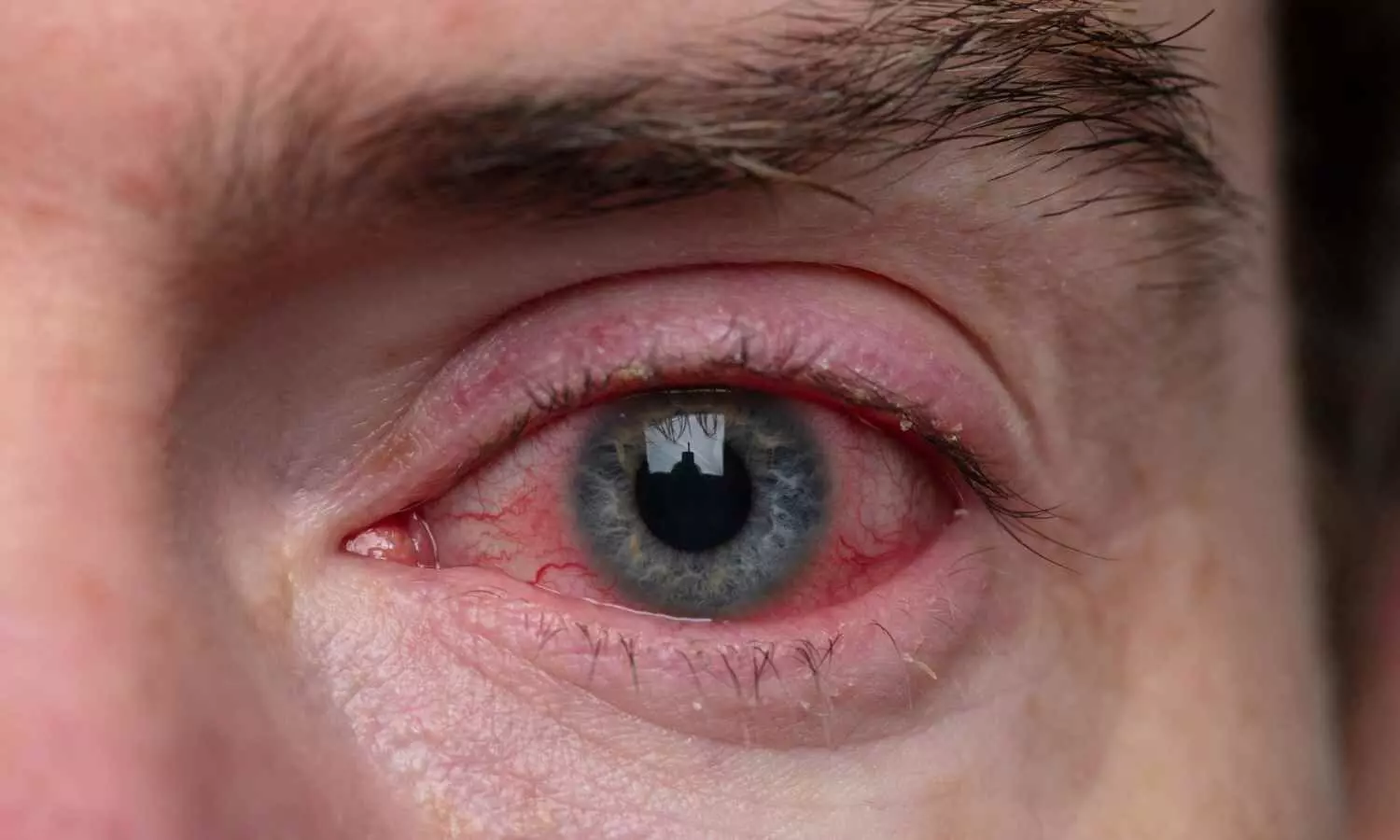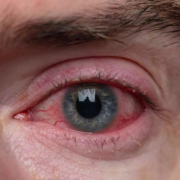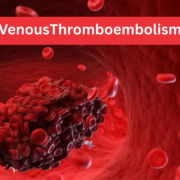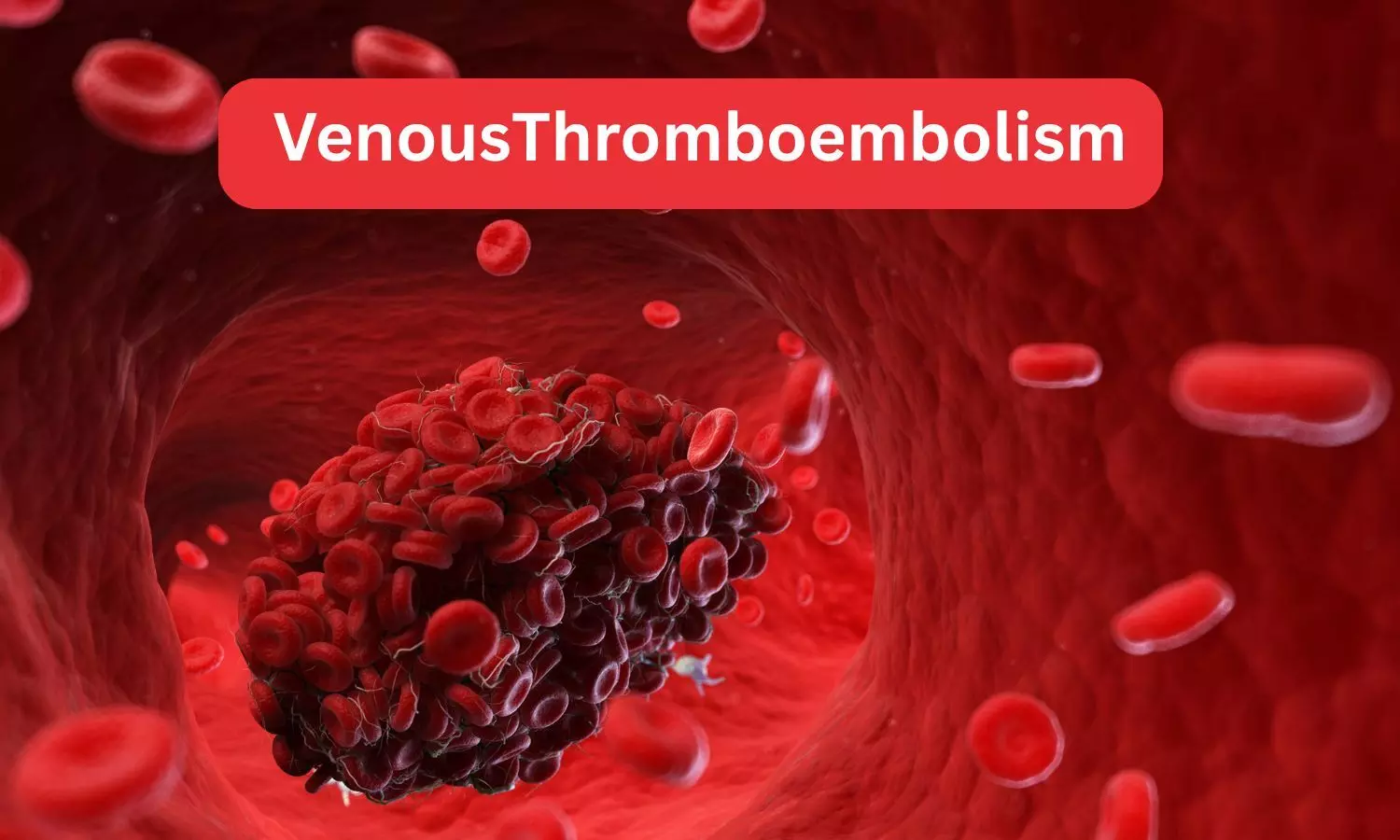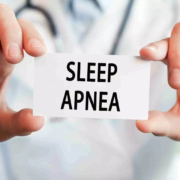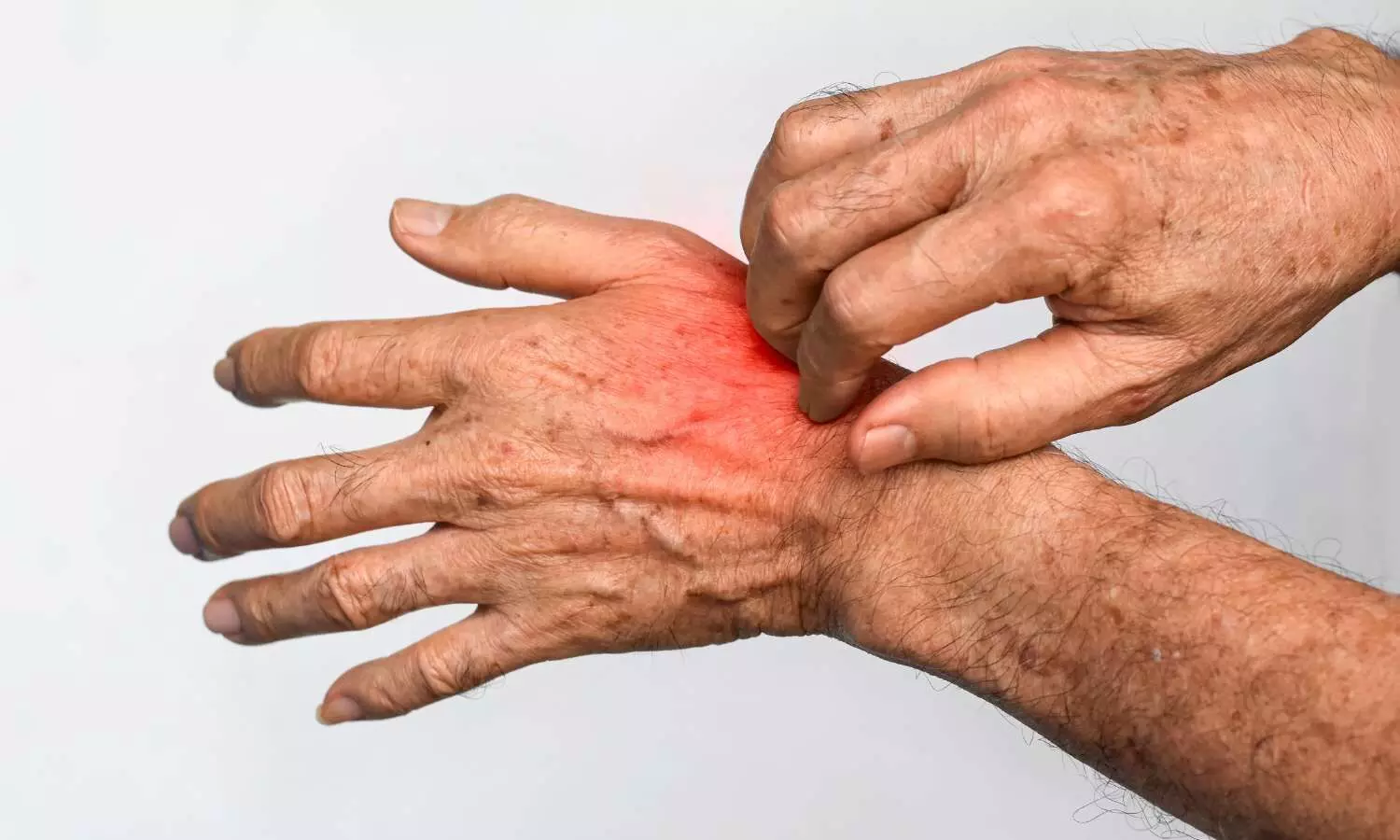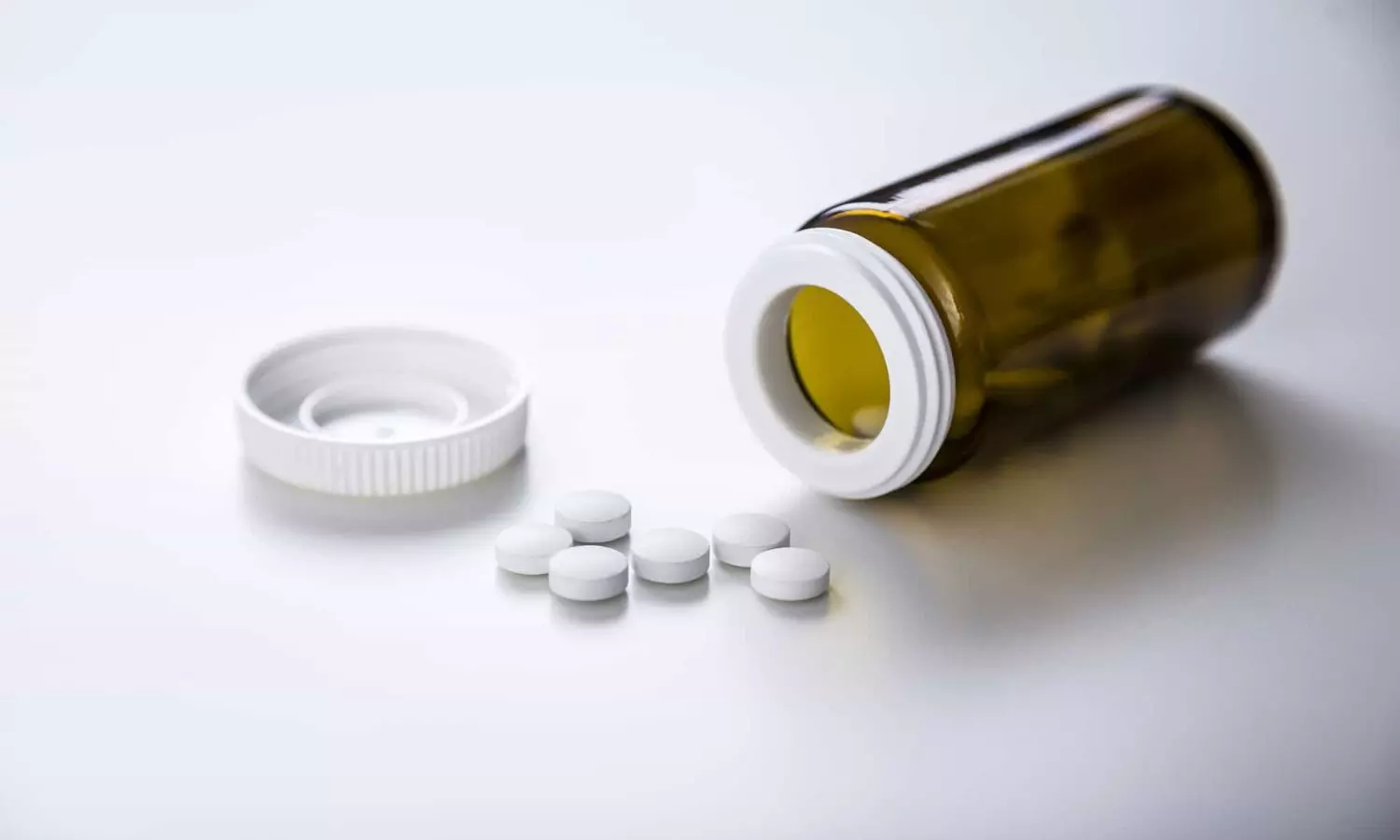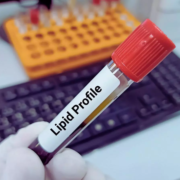
According to a new study, presented at the American College of Cardiology (ACC) Care of the Athletic Heart 2025 conference, sleep apnea may be more prevalent in younger female athletes than previously believed, especially among female athletes with higher levels of training. While obstructive sleep apnea has been observed in younger male athletes, the prevalence in female athletes and the association with cardiovascular risk is largely unknown.
Obstructive sleep apnea (OSA) is the most common sleep-related breathing disorder, impacting about 18 million Americans, and is prevalent in both men and women. It occurs when the throat muscles relax and block the airway, causing patients with OSA to repeatedly stop and start breathing when sleeping. Symptoms include excessive daytime sleepiness, loud snoring, waking during the night and gasping or choking. OSA increases the risk of high blood pressure and other cardiovascular issues, including arrhythmias, heart attack, heart failure and stroke.
“There is a lot of overlap in symptoms of sleep apnea and sleep deprivation, which is unsurprisingly quite common among these athletes. Some symptoms that might clue in an athletic trainer, coach or clinician that an athlete may be experiencing or at risk for sleep apnea include not feeling well-rested despite a full night of sleep, snoring very loudly, gasping or choking while sleeping,” said Austin Rim, MD, a cardiology fellow at Emory University in Atlanta and the study’s lead author. “There may be more subtle signs too, including difficulty concentrating or irritability. Accurately diagnosing sleep apnea is important, as a range of treatment options-such as CPAP, mandibular advancement devices, or even surgery-can significantly improve quality of life and, depending on disease severity, potentially reduce long-term cardiovascular risk.”
The study included 68 female collegiate athletes at two universities in the United States. Softball players made up the largest proportion of female athletes, followed by volleyball and basketball. According to the researchers, about 6 in 10 self-identified as White, a quarter as Black and the rest as Hispanic/Latino, Asian or another race/ethnicity. The average age of participants was 19 years old.
“We found in this cohort that sleep health, not even considering sleep apnea, was poor among athletes, with 36% reporting poor sleep quality and 22% reporting that they had trouble staying awake at least once in the past month while eating or engaging in social activities,” Rim said. “Ensuring good sleep hygiene among these athletes is low-hanging fruit for improving overall health in this population,”
The study recorded anthropometrics (the systematic measurements of the human body to define a person’s size and form), blood pressure and pulse wave velocity—a measurement that quantifies arterial stiffness, a precursor to hypertension. Participants also completed home sleep tests, which can detect abnormalities such as pauses in breathing during sleep. The primary outcomes were apnea-hypopnea index (AHI), systolic and diastolic blood pressure and pulse wave velocity.
AHI is a key metric to diagnose and assess the severity of sleep apnea by determining how many apneas and hypopneas occur per hour. An apnea is a complete pause of breathing lasting more than 10 seconds, and a hypopnea is a partial reduction in airflow lasting more than 10 seconds. OSA is diagnosed either by an AHI greater than five events per hour accompanied with associated symptoms like daytime sleepiness or unrefreshing sleep or an AHI score greater than 15 events per hour regardless of symptoms. According to Rim, between five events and 15 events per hour is “mild,” 15 to 30 is “moderate,” and anything over 30 is “severe.”
In this study participants ranged from 2.1 events to 7.7 events per hour and 25% were considered to have mild sleep apnea. No athletes had a measured AHI over 15 events per hour. Pulse wave velocity was higher in athletes with mild sleep apnea and was associated with higher AHI. The study found greater age and lean mass were independent predictors of sleep apnea, which the researchers said suggests sleep apnea may become more prevalent with higher levels of training in female athletes.
According to the researchers, while this is the largest study of sleep apnea among female athletes, it is limited in its generalizability given the small sample size. Future studies are needed to confirm the findings.
“Ideally, a future study would include multi-campus projects that track athletes over several seasons, compare men and women directly, and evaluate whether treating mild apnea reduces these early measures of cardiovascular risk. Treatment of OSA in older trials through CPAP haven’t always been shown to mitigate risk, so it would be helpful to see if treatment at a younger age could improve on this,” Rim said.
Reference:
Sleep apnea more common than previously known in female athletes, American College of Cardiology, Meeting: ACC Care of the Athletic Heart.
